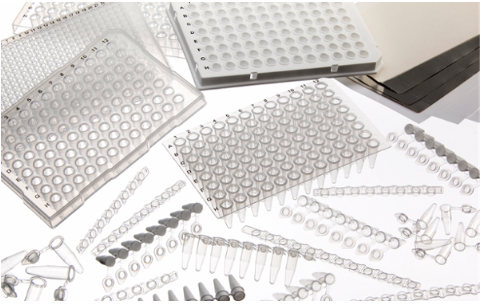
Doubling the conventional resolution limit of live cell time-lapse imaging
The N-SIM S Super Resolution Microscope utilizes a unique high-speed structured illumination system to achieve acquisition speeds of up to 15 fps, enabling fast biological processes to be captured at twice the spatial resolution of conventional light microscopes (up to 115nm in XY). Combining the N-SIM S and a confocal microscope gives you the flexibility to select a location in the confocal image and switch to super-resolution to view the desired part of the location in minute detail
High-speed super-resolution imaging at 15 fps
Nikon’s new high-speed structured illumination system utilizes a novel pattern modulation technology to generate fast and precise switching of illumination patterns. The N-SIM S achieves incredible acquisition speeds (up to 15 fps*), enabling super-resolution time-lapse imaging of live cells and intracellular dynamics.
Live-cell imaging at double the resolution of conventional light microscopes
The N-SIM S utilizes Nikon's innovative approach to Structured Illumination Microscopy technology. By pairing this powerful technology with Nikon’s renowned objectives, which achieve an unparalleled numerical aperture of 1.49, the N-SIM S nearly doubles (to approximately 115 nm*) the spatial resolution of conventional light microscopes, enabling detailed visualization of minute intracellular structures and their interactive functions.

Automatic switching between illumination modes
Newly-developed, high-speed structured illumination technology not only enables fast acquisition rates but also automatic switching between illumination modes and automated optimization of structured illumination patterns for different wavelengths and magnifications. This expanded automation enables fast 2-color TIRF-SIM imaging as well as multiplexing of different SIM modalities. The N-SIM S provides easy-to-use, streamlined workflows, whether it be for single-mode or multi-modal imaging experiments.
Acquire larger fields of view
N-SIM S can acquire super-resolution images with a large field of view of 66 μm square. This larger imaging area enables very high throughput for applications/samples that benefit from larger fields of view, such as a neurons, reducing the amount of time and effort required to obtain data.

Various observation modes
TIRF-SIM/2D-SIM mode
This mode captures super-resolution 2D images at high speed with incredible contrast. The TIRF-SIM mode enables Total Internal Reflection Fluorescence observation at double the resolution of conventional TIRF microscopes, facilitating a greater understanding of molecular interactions at the cell surface
3D-SIM mode
The 3D-SIM mode generates structured illumination patterns in three dimensions to deliver a two-fold improvement in lateral and axial resolutions. Two reconstruction methods (“slice” and “stack”) are available to optimize results according to application requirements (e.g. sample thickness, speed, etc.). Slice reconstruction is suitable for imaging living cells at specific depths, as it allows axial super-resolution imaging with optical sectioning at 300 nm resolution. Stack reconstruction, based on Gustafsson’s theory, is suitable for acquisition of volume data as it can image thicker specimens with higher contrast than slice reconstruction.
Simultaneous two-channel imaging
Simultaneous two-color imaging is possible by utilizing an optional Two Camera Imaging Adaptor* and two sCMOS cameras.
Seamless switching between imaging modalities for multi-scale experiments
The N-SIM S can be simultaneously combined with a confocal microscope such as the A1+. A desired location in a sample can be specified in a low-magnification/large FOV confocal image and acquired in super-resolution by simply switching the imaging method. Combining a confocal microscope with a super-resolution system can provide a method for gaining larger contextual views of super-resolution information.
Objectives for super-resolution microscopes
Silicone immersion objectives
Silicone immersion objectives use high viscosity silicone oil with a refractive index close to that of live cells as an immersion liquid. Because of this improved refractive index compatibility, these objectives can provide improved photon collection capability and resolution when performing super-resolution imaging deeper into the specimen. They exhibit superior chromatic aberration correction and high transmittance over a broad range of wavelengths.
Immersion objectives
SR series objectives are aligned and inspected using wavefront aberration measurement technology to ensure the lowest possible asymmetric aberration and superior optical performance required for super-resolution imaging. HP model objectives provide ultra-high power laser excitation durability and improved axial chromatic aberration correction, eliminating the need to switch objectives between the N-SIM S and N-STORM systems. The AC-type objectives that support the Auto Correction Collar of the Ti2-E microscope enable precise and easy adjustment of the correction collar.
Dry objectives
The N-SIM S is compatible with dry objectives, making both super-resolution imaging and confocal imaging available without switching lenses. Low-magnification, wide field-of-view dry lenses enable high resolution observation even at the periphery of sample tissues.



































